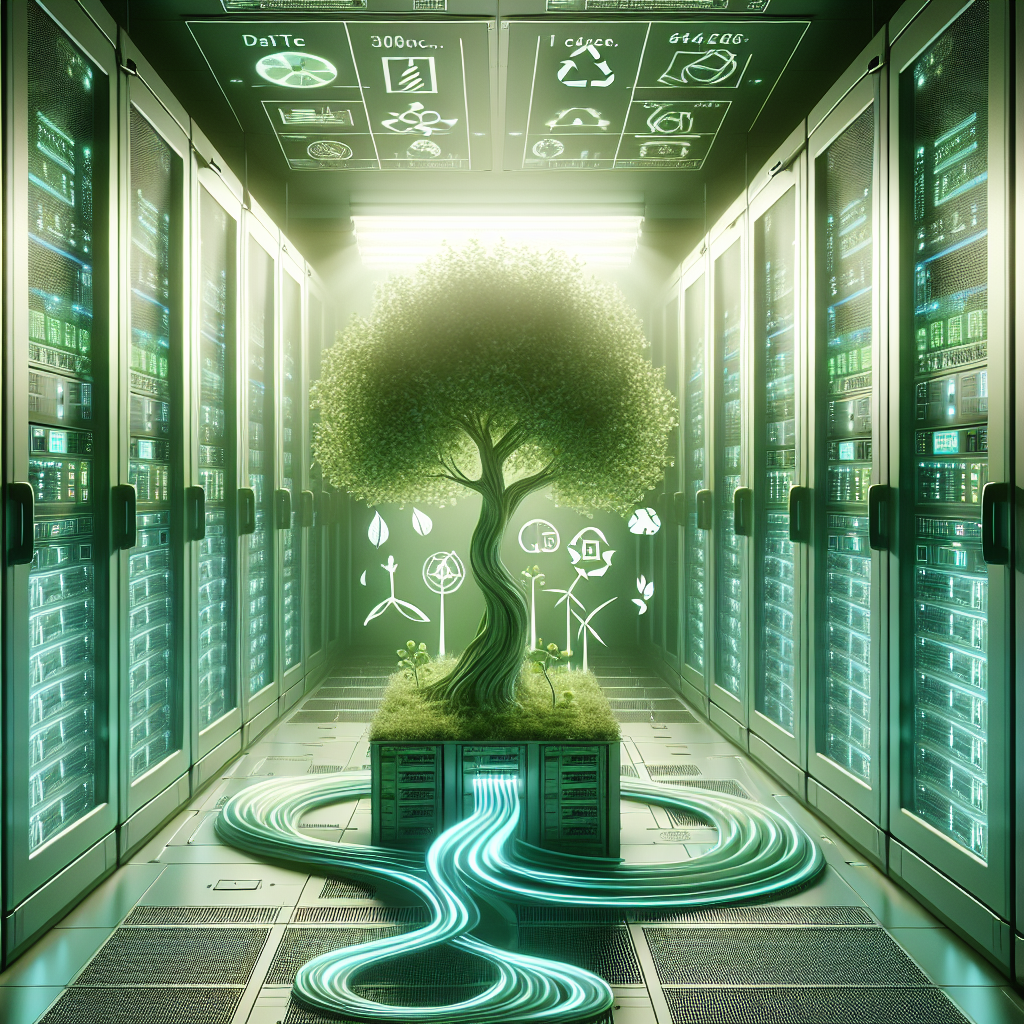As the world becomes increasingly reliant on technology, the demand for data centers – facilities that house computer systems and associated components – continues to rise. With this growth comes a significant environmental impact, as data centers consume massive amounts of energy and produce substantial amounts of carbon emissions. However, as concerns about climate change and sustainability become more prevalent, data centers are taking steps to reduce their energy consumption and environmental impact through sustainable solutions.
One of the key ways in which data centers are reducing their energy consumption is through the use of energy-efficient technologies. This includes the use of high-efficiency servers and cooling systems, as well as the implementation of virtualization and consolidation techniques to increase server utilization rates. By optimizing their infrastructure in this way, data centers can significantly reduce their energy consumption and lower their carbon footprint.
In addition to implementing energy-efficient technologies, data centers are also turning to renewable energy sources to power their operations. Many data centers are investing in solar panels, wind turbines, and other renewable energy sources to offset their electricity consumption and reduce their reliance on fossil fuels. By harnessing renewable energy, data centers can not only reduce their environmental impact but also lower their operating costs in the long run.
Another sustainable solution that data centers are adopting is the use of waste heat recovery systems. Data centers generate a significant amount of heat through their operations, which can be captured and reused for heating purposes in nearby buildings or for other industrial processes. By utilizing waste heat in this way, data centers can reduce their energy consumption and contribute to the overall efficiency of their operations.
Furthermore, data centers are also exploring innovative cooling techniques to reduce their energy consumption. This includes the use of liquid cooling systems, which are more energy-efficient than traditional air-cooled systems, as well as the implementation of free cooling systems that utilize outside air to cool the servers. By adopting these cooling technologies, data centers can reduce their energy consumption and lower their carbon footprint.
Overall, data centers are making significant strides in reducing their energy consumption and environmental impact through sustainable solutions. By investing in energy-efficient technologies, renewable energy sources, waste heat recovery systems, and innovative cooling techniques, data centers are not only lowering their carbon footprint but also setting a positive example for the industry as a whole. As the demand for data centers continues to grow, it is essential that these facilities prioritize sustainability and continue to implement environmentally friendly practices to mitigate their impact on the planet.


Leave a Reply